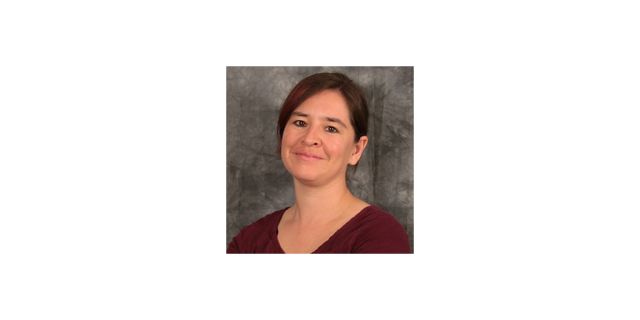
Dr. Eva Noyola, the University of Texas scientist who helped to discover a new kind of Black Hole, shared her insight in a free lecture for people in Laredo, Texas A&M International University announced last week.
While working with astronomer Karl Gebhart in 2008, using the Space Telescope at the Gemini South Observatory in Chile, Noyola helped to find evidence of a new kind of Black Hole.
One of the largest globular star clusters orbiting the Milky Way Galaxy, the Black Hole is estimated to be 40,000 times the mass of the Sun.
“I’ve always been intrigued by the science of black holes and wanted to make possible a special lecture by this esteemed scientist,” Benavides Z. said.
Guillermo Benavides Z. told Texas A&M International University that he was excited to help make the free lecture possible. The event was hosted by the Lamar Bruni Vergara Planetarium, named after a Laredo philanthropist.
Noyola believes the popularity of Black Holes has grown through the “Star Trek” TV and film series, and recent hits like “Interstellar.”
“I recently talked about planets to twelve different elementary groups from my daughter’s school. 80 percent of them ended up asking about black holes! Yes, black holes are extremely popular, and I am very happy to talk about that,” she said.
Born and raised in Mexico City, Noyola earned a bachelor’s degree in physics at the National Autonomous University of Mexico.
In 2006, she completed a PhD in astrophysics at the University of Texas-Austin in 2006. Her postdoctoral work was done at Germany’s Max-Planck Institute for Extraterrestrial Physics, and at the Astronomy Institute of the National Autonomous University of Mexico in Mexico City.
Noyola returned as a research scientist in 2013 to the University of Texas and the McDonald Observatory.
“My research has focused on how stars move within small objects, such as globular clusters and dwarf galaxies. I am an observer, so I use both images and spectra to study these bodies. An important focus of my research has been finding clues for the existence of medium-size black holes in some clusters around our own Galaxy,” Noyola explained.
During her stay at the Texas A&M International University in Laredo, Noyola also met with local elementary school students from Laredo and United Independent School districts and private schools. She also acted as a judge in a Science Video Competition focused on Black Holes.
The U.S. Army Corps of Engineers has been tasked with…
Brown and Caldwell, a leading environmental engineering and construction firm,…
Humboldt State University, one of four campuses within the California…